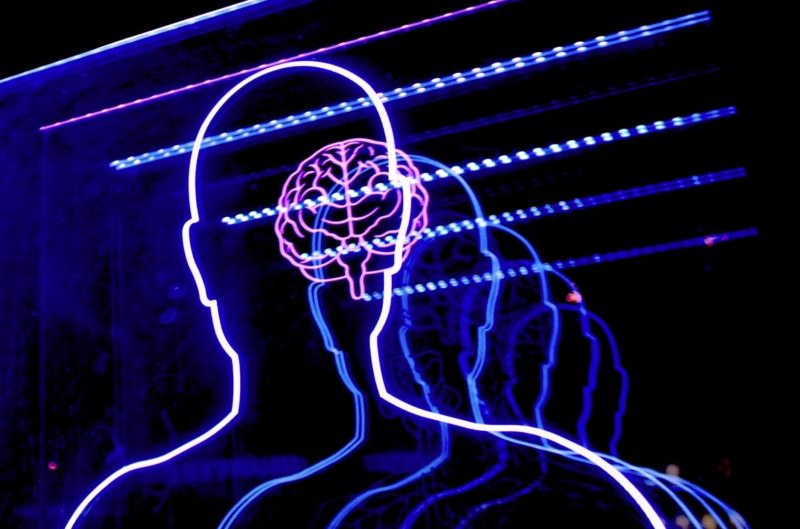Accessing The Brain’s Core Creativity to Boost Your Career

Creativity is among the top qualities that employers look for. If you feel that you need to become more creative in hopes of boosting and sustaining your career, you can do so by developing the areas of the brain associated with creativity — and diminishing the areas that squelch it.
According to research, the systems of the brain that communicate with each other effectively, sharing neural networks for exchanging information, have been identified as the “default mode network,” the “executive control network,” and the “salience network.”
Default mode network –
We’re using our default mode network when we’re engaged in imagination or simply letting our mind wander — and this network is active when we’re retrieving memories.
Executive mode network –
When we use our executive network, we’re making decisions and problem solving.
Salience network –
The salience network is our inner editor. We use it when we decide what we’ll take note of and what we’ll ignore.
We need these three networks to function well and communicate with each other so that we can shift among daydreaming, analyzing our ideas, and discerning what is and isn’t important to explore further.
People who have weaker interconnectivity among these regions would get stuck overthinking things or imagining but not being able to build on the ideas.
Research also shows that the key brain difference between very creative people and others is having more neural connections among different systems within the brain. Highly creative people are able to activate and use these systems simultaneously, which contributes to their innovative abilities.
You can increase the brain function that will help you tap into your core creativity. Here are some ways to begin:
1. Practice mindfulness.
Mindfulness develops the area of the brain associated with self-awareness and reduces the density of the right amygdala — the part of the brain associated with immediate response to stimulation. As little as half an hour of mindfulness practice a day for eight weeks was found to measurably reduce amygdala density. Training your brain to quiet the chatter of the analytical brain and become less emotionally reactive allows a clear-headedness and an ability to steer the energy of strong emotions in a direction you choose. Anger, excitement, or despair can be transformed into a creative force.

2. Embrace a beginner’s mindset.
Many highly creative artists recognize that, despite their expertise and mastery, they still have much to learn. They embrace what Buddhists call “beginner’s mind” — a willingness to approach what’s familiar with a fresh perspective, as if they knew nothing. That level of curiosity and willingness can inspire great success.
3. Promote the flow of ideas by doing nothing.
Highly creative people often earn a reputation for being lazy. This can come from the times when they appear to be doing nothing. But on the contrary, they are actually doing something very important: working with the brain and their open mind state to prime themselves to experience creativity. In open mind, you enter into a space of not knowing and not doing. You experience an abiding appreciation of silence as you wait patiently for your inner wisdom and awareness to speak to you. James Taylor said in a 2015 Hemispheres magazine interview:
“Given enough empty time, the songs show up… you have to be in a place where you can receive the song, more than generate it.”

4. Pay attention to dreams.
Consider paying more attention to your nighttime dreams, and even priming yourself to have helpful ones. Dreams are portals into open mind and can offer ideas and insights once you’ve interpreted them. They can even lead you to achieve breakthroughs. The melody for the Beetles’ song “Yesterday” came to Paul McCartney in a dream.
5. Form a Creative Support Pod.
With the rapid pace of change in the world, you are going to have to be a lifelong learner. You’ll be called on to build new skills and expand your knowledge base. If you find yourself with a problem to solve that needs a creative solution, form a Creative Support Pod. This is a group of people who want to support each other in developing new ideas, sharing resources, and overcoming challenges. Invite people with different strengths and perspectives who can help you consider ideas from other points of view as you work together to creatively solve a problem.
As you enhance your brain’s sharing of neural networks that exchange information and tap into creativity, you become better able to fire up your creative flow. With practice, you’ll continue to improve your ability to break through to your deepest state of core creativity.
This guest post was authored by Ronald A. Alexander, PhD
Ronald A. Alexanderis the author of the new book, Core Creativity: The Mindful Way to Unlock Your Creative Self. He is a creativity and executive leadership coach, as well as a licensed mind-body psychotherapist. He’s the executive director of the OpenMind® Training Program that offers personal and professional training programs. Learn more at www.CoreCreativity.com.
*******
Ms. Career Girl strives to provide valuable insights you can use. To see more from our columnists and guest authors, check these out! Or subscribe to our weekly email featuring our latest articles. We’re also present on Medium!

